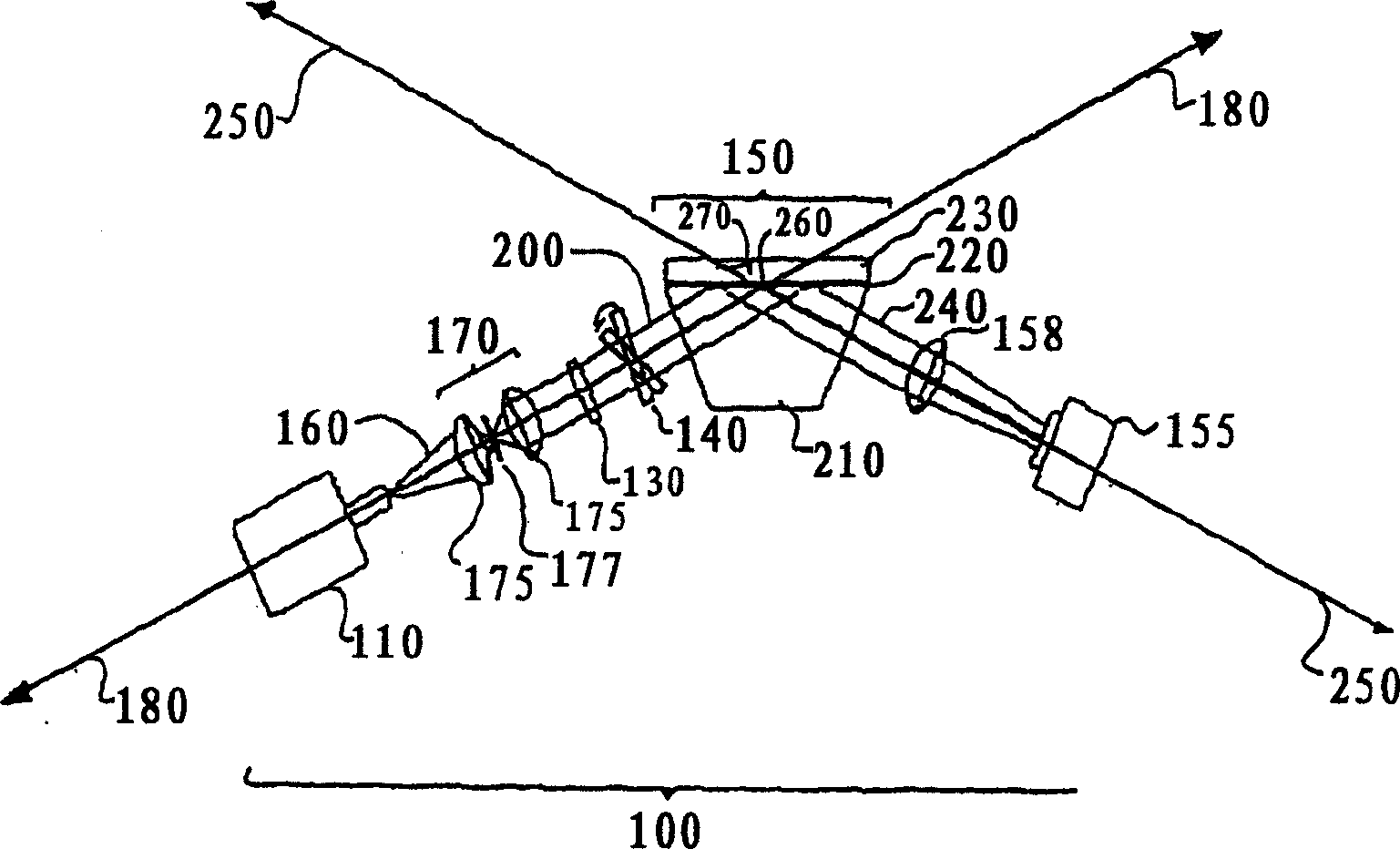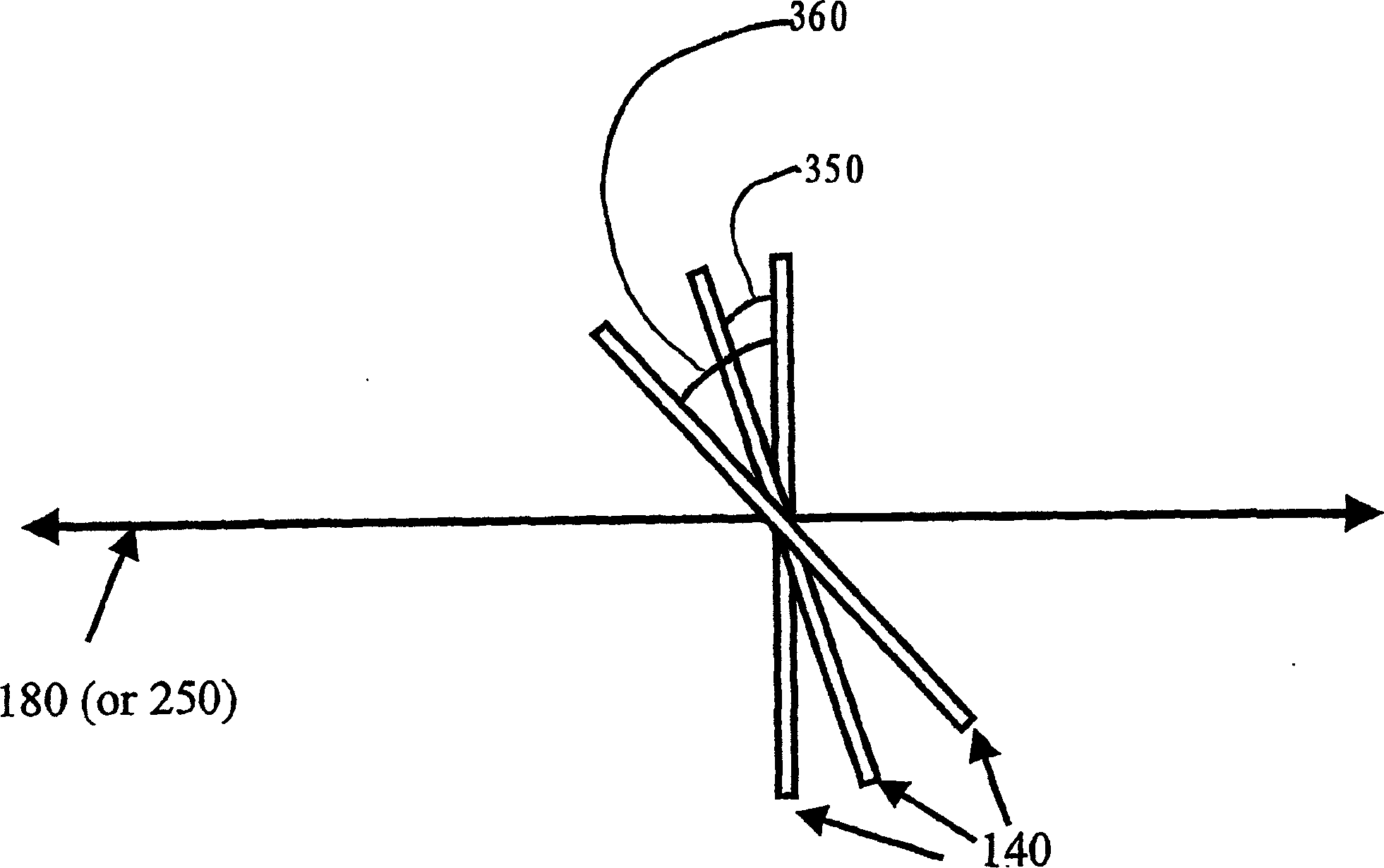Wavelength tunable surface plasmon resonance sensor
A surface plasmon and resonant sensor technology, which is applied in the direction of instruments, scientific instruments, measuring devices, etc., can solve the problems of method limitations, inability to provide tuned excitation or detection wavelengths, and damage the materials in the probe area, and achieve the effect of wide dynamic range
- Summary
- Abstract
- Description
- Claims
- Application Information
AI Technical Summary
Problems solved by technology
Method used
Image
Examples
example 1
[0096] Example 1: Characterization of an Exemplary SPR Sensor
[0097] The ability of the SPR sensor of the present invention to sense changes in the refractive index of the probe region was demonstrated by experimental and computational studies. Specifically, it is an object of the present invention to provide SPR sensors capable of sensitive detection and characterization of changes in the refractive index of the probe region. Further, it is an object of the present invention to provide an SPR sensor with a large dynamic range capable of detecting materials with a wide range of refractive indices.
[0098] To achieve the aforementioned goals, the detection sensitivity and dynamic range of an exemplary SPR sensor were modeled in silico and estimated by monitoring the refractive index of a low-concentration sucrose solution. Exemplary SPR sensors employed in these studies are based on the Kretschmann configuration and as Figure 5 shown. The polychromatic light source was...
example 2
[0105] Example 2: SPR images of thiol maps and bovine serum albumin on a gold surface
[0106] To estimate the sensitivity and spatial resolution of the inventive SPR imaging device, SPR images of the thiol map were generated by an exemplary SPR sensor. Thiol maps on gold surfaces (comprising ~1 nm of Cr and ~45 nm of gold e-beam deposited from Fisher Scientific onto standard microscope slides) were prepared using the polydimethylsiloxane (PDMS) stamping protocol . The employed protocol was optimized to minimize transfer of material from the PDMS imprint to the surface and to produce a monolayer of thiols on the surface. All images were acquired with p-polarized light. Figure 12 shows a series of images of thiol and water maps acquired with optical interference filters at various tilt angles. Figure 12A corresponds to a central wavelength of 857 nm, Figure 12B corresponds to a central wavelength of 852 nm, Figure 12C corresponds to a central wavelength of 845 nm, Figure 1...
PUM
| Property | Measurement | Unit |
|---|---|---|
| thickness | aaaaa | aaaaa |
| reflectance | aaaaa | aaaaa |
Abstract
Description
Claims
Application Information
 Login to View More
Login to View More - R&D
- Intellectual Property
- Life Sciences
- Materials
- Tech Scout
- Unparalleled Data Quality
- Higher Quality Content
- 60% Fewer Hallucinations
Browse by: Latest US Patents, China's latest patents, Technical Efficacy Thesaurus, Application Domain, Technology Topic, Popular Technical Reports.
© 2025 PatSnap. All rights reserved.Legal|Privacy policy|Modern Slavery Act Transparency Statement|Sitemap|About US| Contact US: help@patsnap.com



